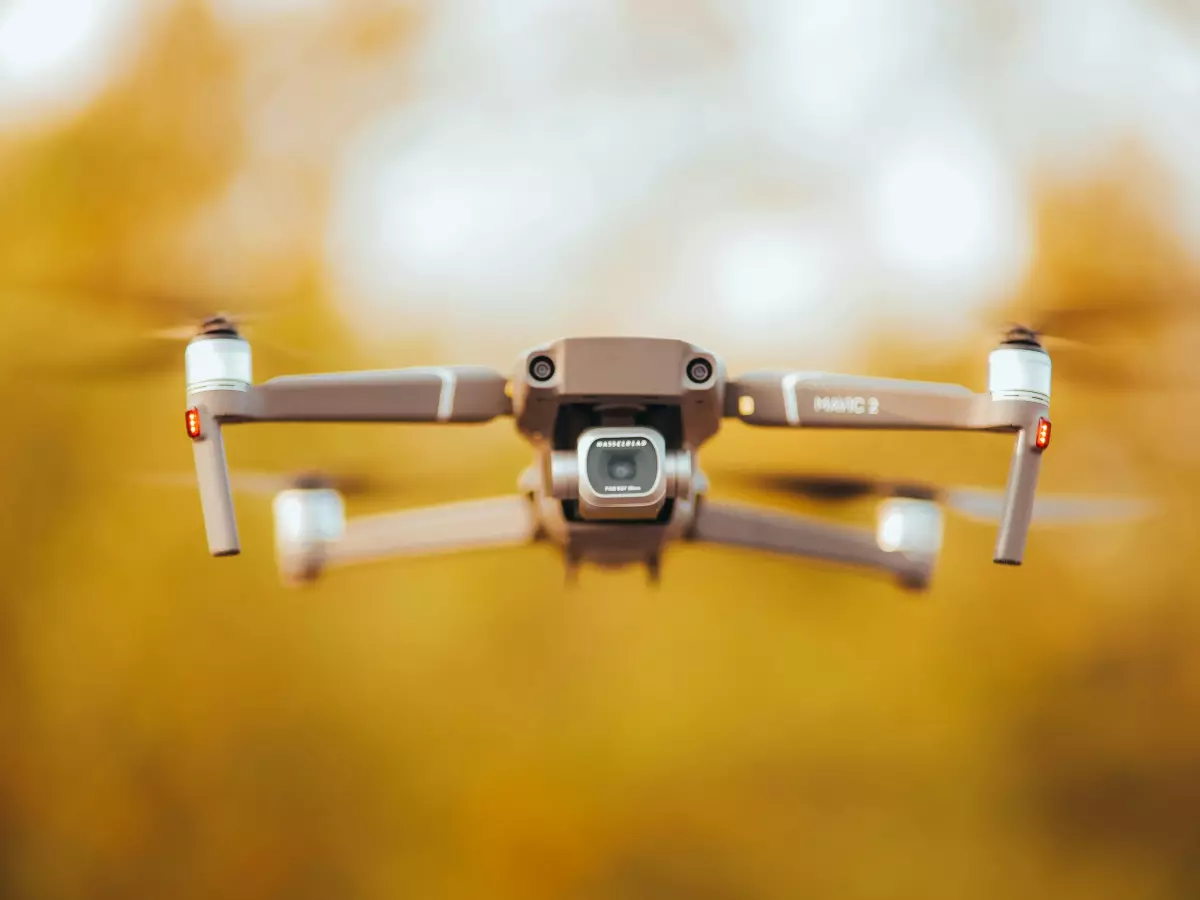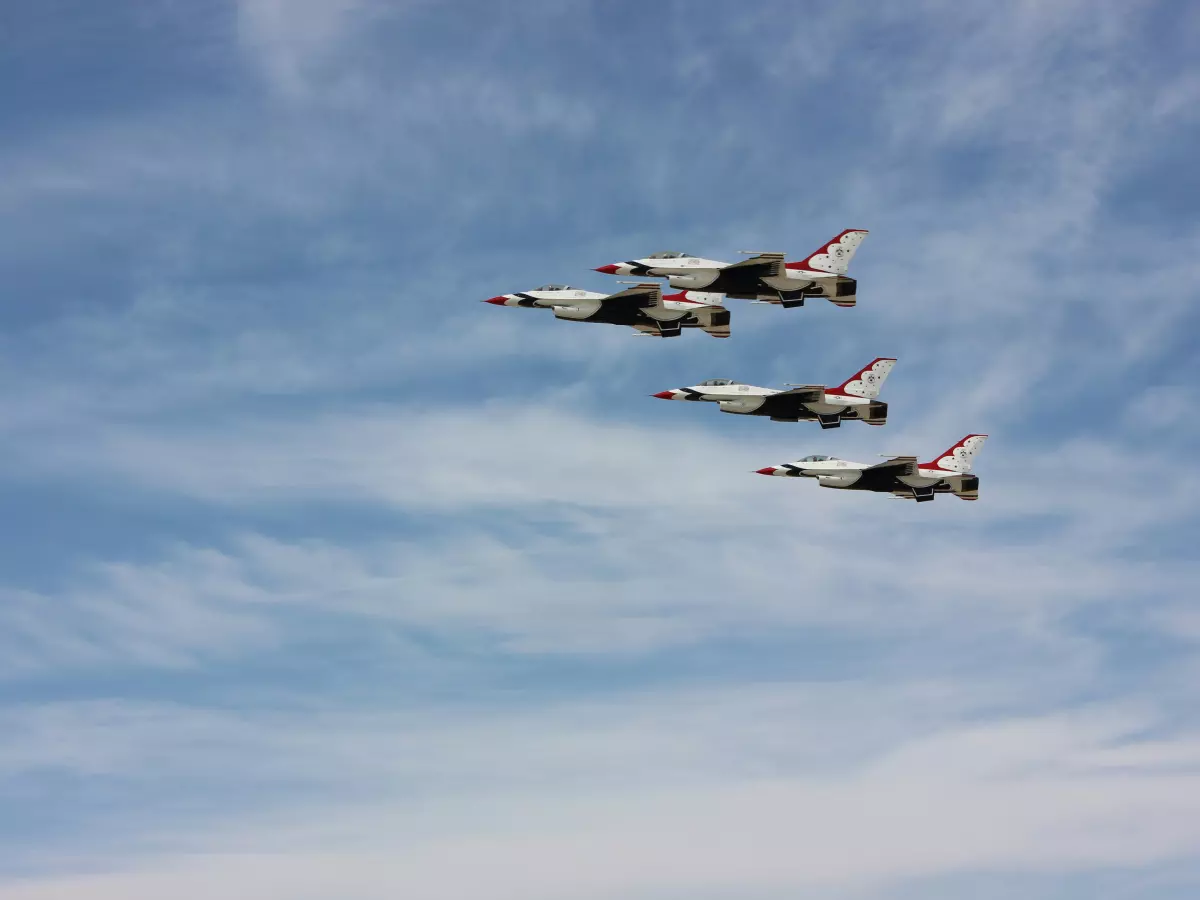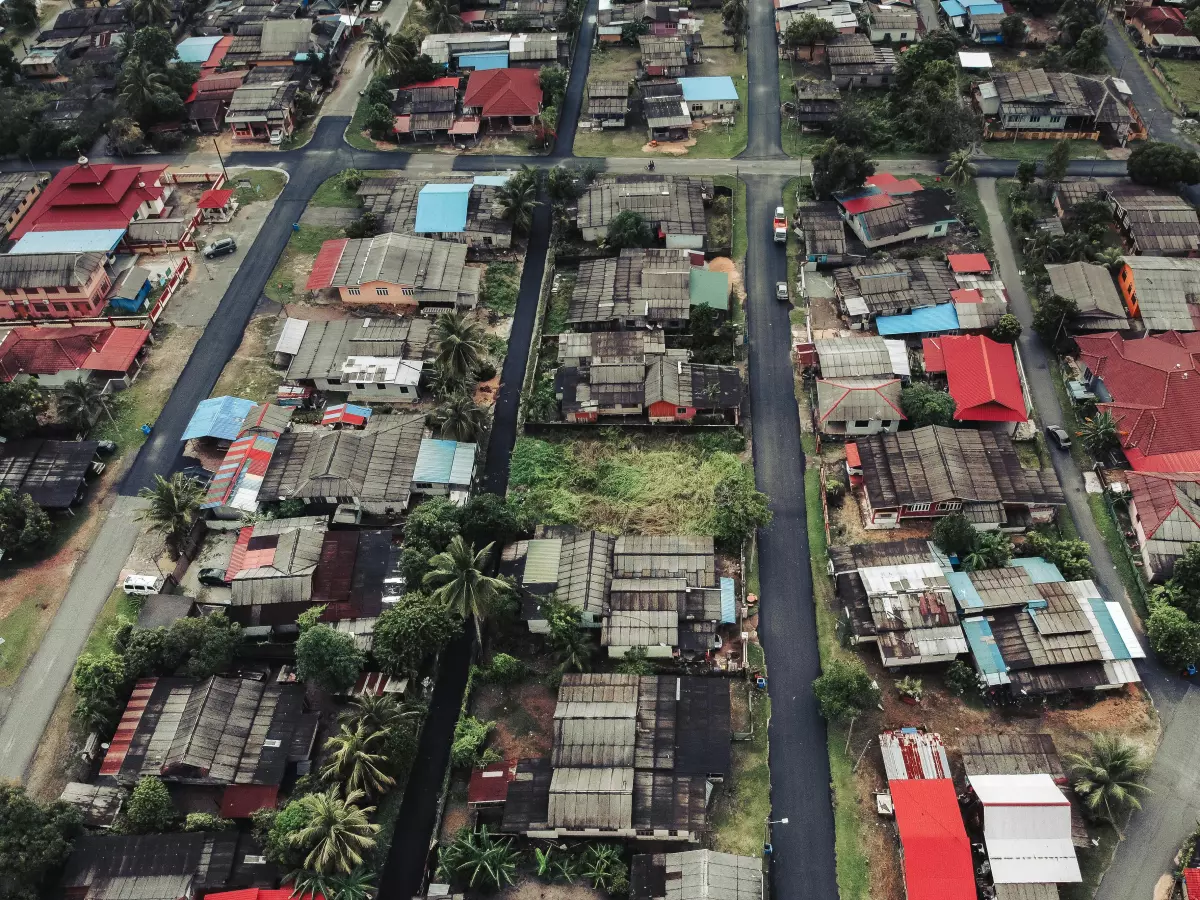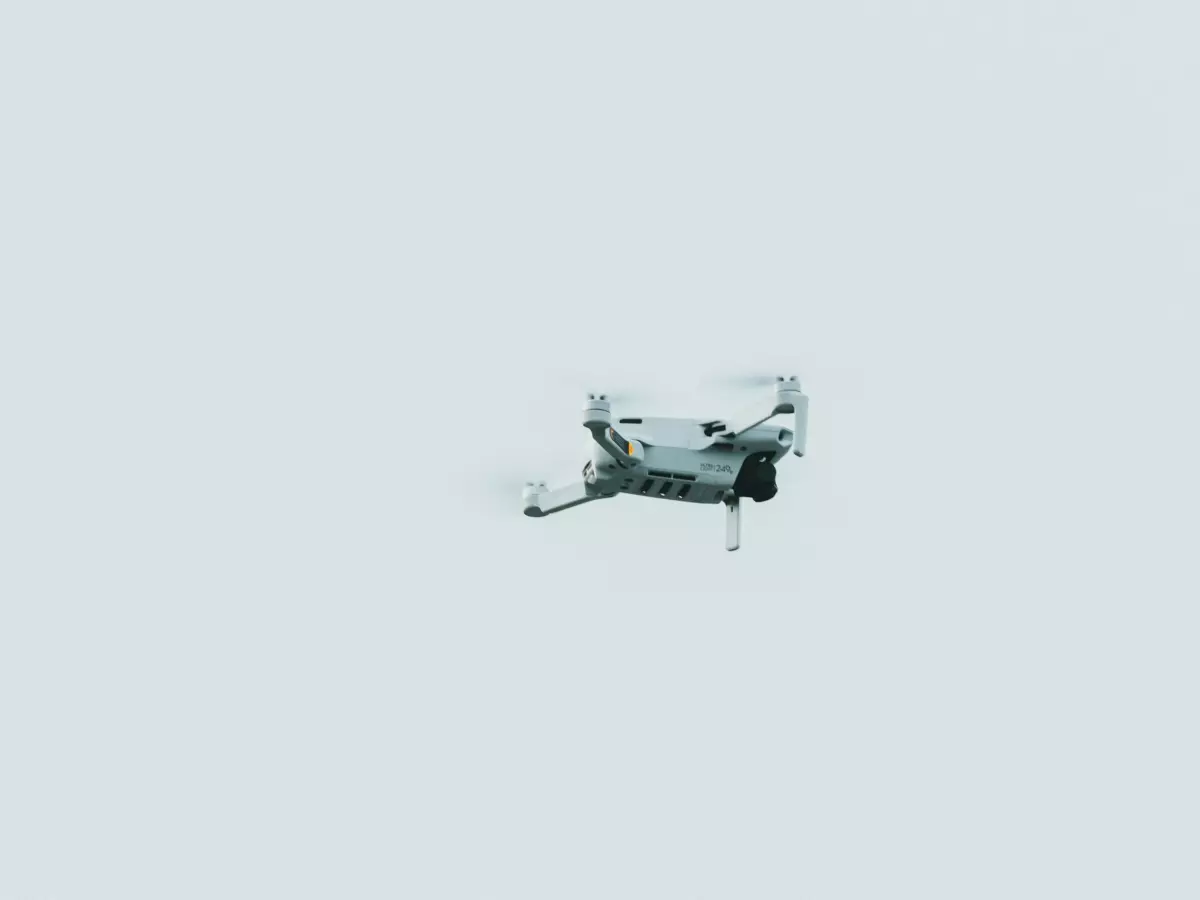Fusion in Flight
Did you know that modern drones rely on up to 10 different sensors working together to achieve precision and autonomy? That’s right, the secret sauce behind your drone’s smooth flight isn’t just a single sensor or a fancy camera—it’s a symphony of data coming from multiple sources. This is where sensor fusion steps in, blending data from various sensors to give drones the ability to fly smarter, not harder.
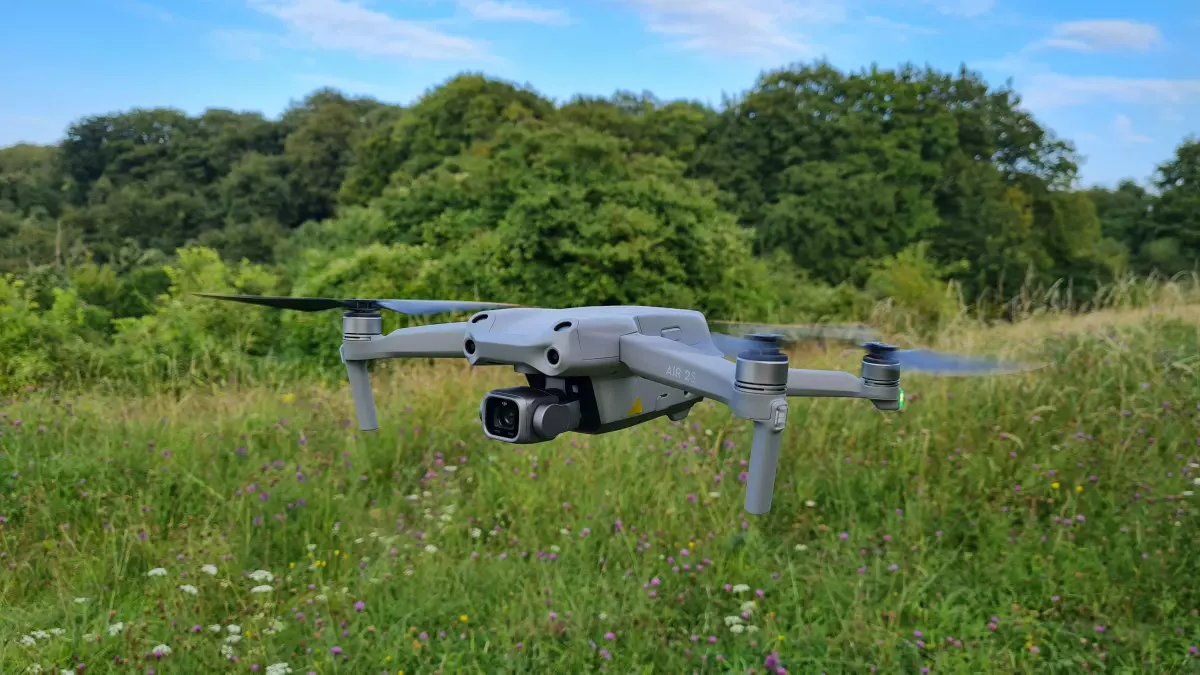
By James Sullivan
Back in the early days of drone technology, flight control was a simple affair. A basic gyroscope and accelerometer were enough to keep things stable. But as drones evolved, so did their missions. From delivering packages to inspecting infrastructure, drones needed more than just stability—they needed intelligence. Enter sensor fusion, the game-changer that allowed drones to process data from multiple sensors and make real-time decisions. Today, sensor fusion is the backbone of drone autonomy, enabling everything from obstacle avoidance to precision landing.
So, how exactly does sensor fusion work its magic? Let’s break down the top five ways sensor fusion powers drone precision and autonomy.
1. Stabilizing Flight in Real-Time
At the core of any drone’s flight control system is the ability to maintain stable flight. This is where sensor fusion shines. By combining data from gyroscopes, accelerometers, and magnetometers, the drone can constantly adjust its position and orientation. Think of it like a tightrope walker who’s always balancing—except the drone is doing it hundreds of times per second. The flight control software takes all this data and makes micro-adjustments to the drone’s motors, ensuring smooth and stable flight even in windy conditions.
Without sensor fusion, the drone would have to rely on each sensor individually, leading to slower response times and less accurate adjustments. But by blending the data, the drone can react almost instantly to changes in its environment, keeping it steady in the air.
2. Navigating Complex Environments
Flying in open skies is one thing, but navigating through urban environments or dense forests is a whole different ball game. Drones need to be able to detect obstacles, avoid collisions, and find the best path forward—all in real-time. This is where sensor fusion comes into play again, combining data from LiDAR, cameras, and ultrasonic sensors to create a 3D map of the drone’s surroundings.
By fusing this data, the drone can “see” its environment in multiple dimensions, allowing it to make smarter decisions about where to fly. Whether it’s avoiding a tree branch or flying through a narrow alley, sensor fusion gives drones the spatial awareness they need to navigate complex environments with ease.
3. Precision Landing
Landing a drone might seem like a simple task, but when you’re dealing with uneven terrain, moving platforms, or tight spaces, it becomes a lot more challenging. Sensor fusion helps drones land with pinpoint accuracy by combining data from GPS, barometers, and visual sensors. The GPS provides the drone’s general location, while the barometer measures altitude, and the visual sensors give the drone a detailed view of the landing area.
By fusing this data, the drone can adjust its descent in real-time, ensuring a smooth and precise landing every time. This is especially important for drones used in delivery services, where landing on a moving platform or in a small backyard requires extreme precision.
4. Autonomous Decision-Making
One of the most exciting aspects of sensor fusion is its role in enabling autonomous decision-making. Drones equipped with advanced sensor fusion systems can process vast amounts of data in real-time, allowing them to make decisions without human intervention. For example, if a drone detects an obstacle in its path, it can decide to fly around it or find an alternate route—all without needing a pilot to take control.
This level of autonomy is made possible by the integration of multiple sensors, including cameras, LiDAR, GPS, and inertial measurement units (IMUs). By fusing the data from these sensors, the drone can build a complete picture of its environment and make informed decisions on the fly.
5. Enhancing Battery Efficiency
Battery life is one of the biggest limitations for drones, especially when they’re flying autonomously for long periods. Sensor fusion helps drones optimize their energy usage by providing real-time data on flight conditions, such as wind speed and direction. By fusing data from anemometers, GPS, and accelerometers, the drone can adjust its flight path to minimize energy consumption.
For example, if the drone detects a strong headwind, it can adjust its altitude or change its route to conserve battery power. This not only extends the drone’s flight time but also ensures that it can complete its mission without running out of juice.
In conclusion, sensor fusion is the unsung hero behind modern drone precision and autonomy. By blending data from multiple sensors, drones can stabilize their flight, navigate complex environments, land with precision, make autonomous decisions, and even conserve battery power. As drone technology continues to evolve, sensor fusion will undoubtedly play an even bigger role in shaping the future of autonomous flight.
